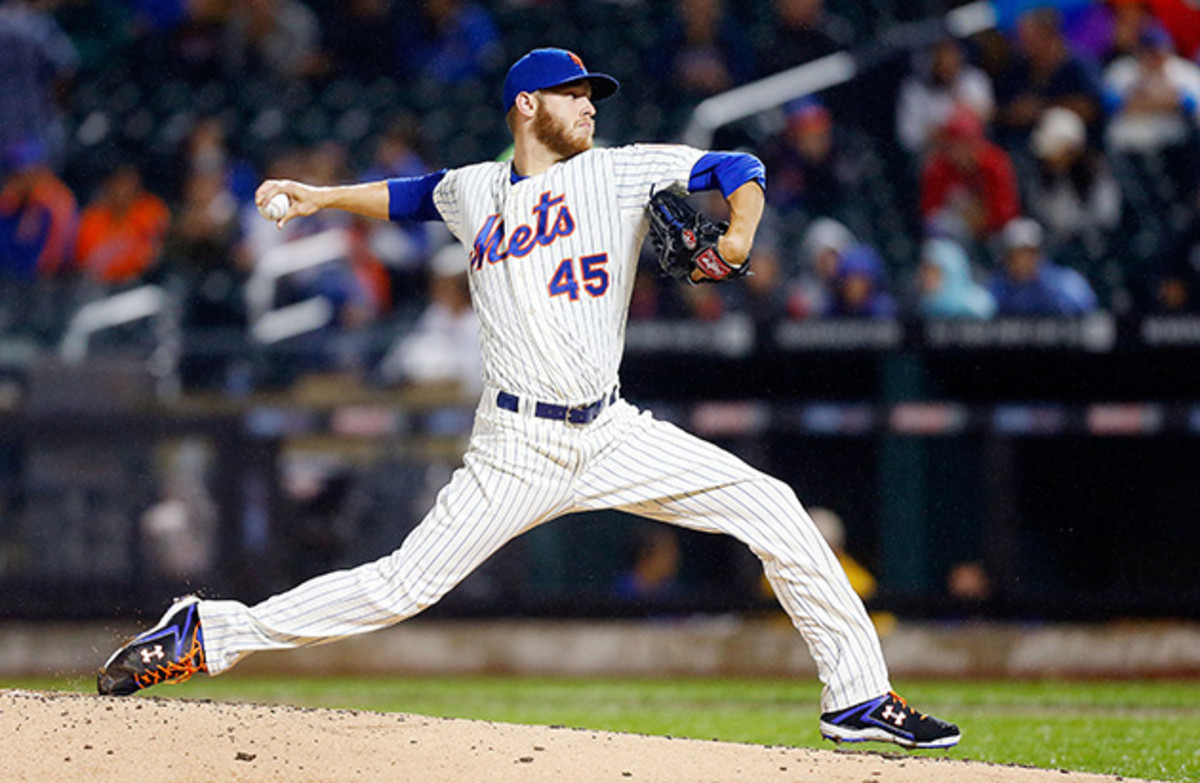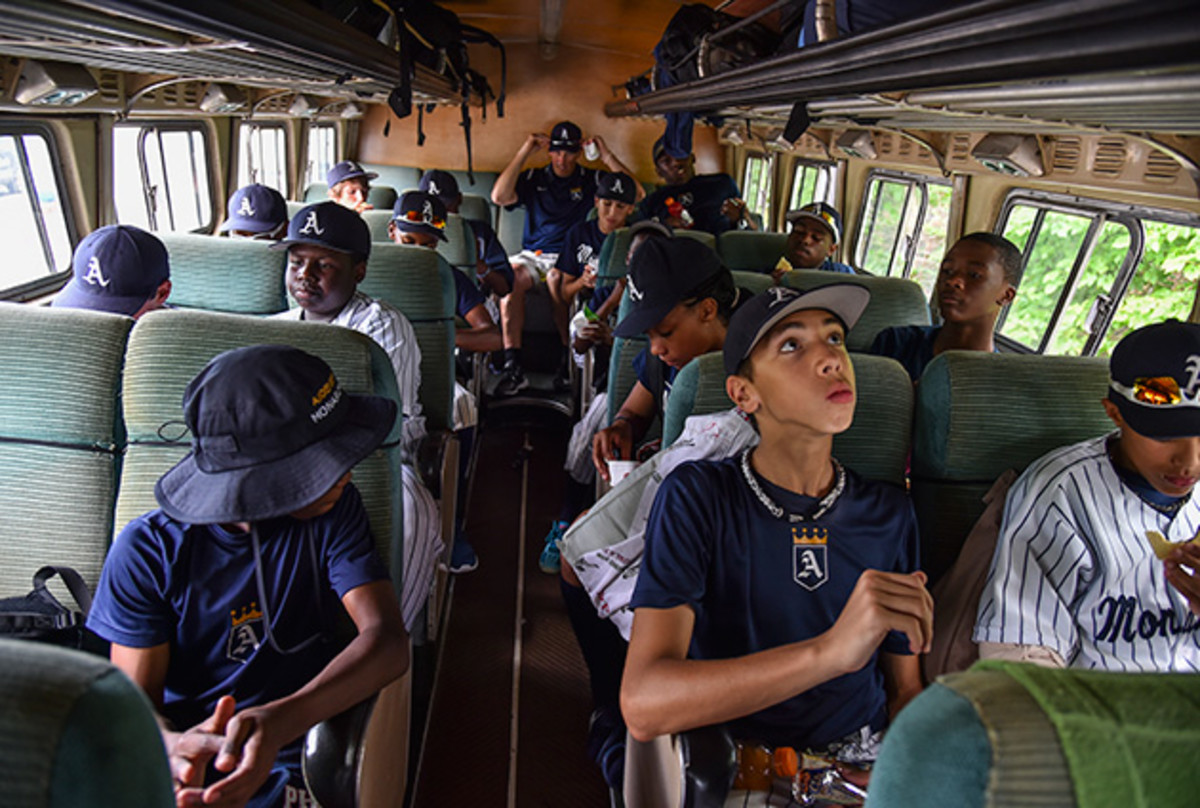Examining the rapid rise of Tommy John surgery in youth baseball

This is the eighth in a series of sports medicine articles from the world-renowned Rothman Institute. Series Editors are Rothman doctors Richard H. Rothman MD, and John A. Anderson MD.
Interest in Ulnar Collateral Ligament (UCL) injuries of the elbow (and their treatment) has increased tremendously over the past decade. The media has helped shed light on this injury and in turn this has aided with the diagnosis in younger athletes as the interest in youth baseball continues to rise.
Los Angeles Dodgers pitcher Tommy John underwent the first ulnar collateral ligament reconstruction (performed by Dr. Frank Jobe) 40 years ago and the procedure has subsequently been named after him. Since then, hundreds of these procedures have been performed throughout the country and several studies have been published documenting its efficacy.
Recently, there has been a significant rise in the number of Tommy John surgeries. What’s more, many clinicians have noticed an increasing trend of UCL injuries in younger athletes. This trend poses some interesting questions, which we will examine below.
1.Why are there more young athletes undergoing surgery?
There are likely several factors for this, including heightened awareness, better imaging techniques (MRI), and the fact that more surgeons are trained to perform Tommy John surgeries. However, far and away, the most likely reason is that kids are just flat out throwing too much. Young kids are focusing on one sport instead of playing multiple sports.
MLB players are using paprika-derived nutrient for performance benefits
A decade ago, kids would play a fall sport (football or soccer); hockey or basketball in the winter then baseball in the spring and maybe summer. Now in many cases, kids are playing only baseball year-round. Even in cold weather climates, I see children who are playing on a fall team then going to indoor baseball academies in the winter. Playing year-round is compounded by the fact that the good players often play on multiple teams, go to showcases, etc.
From a biomechanical standpoint, throwing puts excessive stresses across the elbow. Professional baseball players are requiring Tommy John surgery at an alarming rate, so it isn’t surprising that young athletes who are not fully developed and playing year-round, are getting injured (and requiring surgery) more commonly. One recent study showed that there is increased risk of injury in 9-12 year olds who throw more than 600 pitches in a season or more than 75 in one game. It follows that as kids play on multiple teams throughout the year, the chance of hitting that 600 pitch number gets much more likely.
2.Is this surgery necessary for young athletes?
The answer to this question is a bit controversial. But unfortunately, in many cases the answer is yes. If the ligament is torn, and they have failed conservative treatment and want to continue to play baseball, then it is necessary. But first athletes should try a structured conservative treatment plan starting with rest, strengthening and range of motion exercises followed by a gradual return to throwing. If, and only if, they fail the conservative treatment, should surgery be considered.
Just as important as the decision to do surgery itself is the conversation the athlete should have with his or her family about the benefits of the surgery. This surgery is only necessary in elite throwers (typically baseball but also javelin). In other words, all other sports (even playing quarterback) can be performed at a high level without the surgery. Another important factor is that the recovery after surgery is about nine months to a year. If the athlete is a senior in high school and doesn’t want to potentially play in college or not good enough to play in college, they don’t necessarily need to reconstruct the ligament with surgery.

3. What are the implications of Tommy John surgery at a young age?
The most likely implication is that if the causative factors that led to the surgery aren’t addressed (overuse, poor mechanics) there is an increased likelihood of the reconstructed ligament breaking down. In a recent study of revision UCL reconstructions (people who required a second Tommy John surgery), the success rate was only 33% and there was a 40% complication rate. Even in major league pitchers who had two Tommy John surgeries, the authors discovered that only 75% were successful. This contrasts with about an 80-90% success rate.
4. What can young athletes do to avoid an overuse injury?
The first thing is to monitor the amount of pitches per outing/week/month. I am a big proponent of playing different sports at a young age. Not only will it likely make kids better all-around athletes, but it also gives their arms a rest. Ironically, it is the most talented pitchers that need to be most careful. They should have a prescribed period each year when they don’t throw. That includes bullpen sessions. Many young athletes will complain of medial elbow pain and when asked if they threw more in the period leading up to the pain, they recount pitching one day for their school team then another day for their travel team, and then a bullpen session for their pitching coach. This is simply too much.

5. Does participating in multiple sports instead of a single-sport focus decrease an athlete's risk of overuse injury?
It definitely does. There is ample data that supports the argument that more throws leads to an increased risk of injury. So, it follows that by playing different sports that don’t involve throwing, you are giving one’s arm a chance to rest and avoid injury.
6. What should parents do before involving their young athletes in traveling teams?
Traveling teams are great in the sense that the level of play is often higher than school teams. But parents need to talk with both the school coach and travel team coach to make sure everyone is on the same page with regards to how often the child will be pitching. Sometimes both coaches know about pitch limits as recommended by USA Baseball but aren’t aware the child is playing on multiple teams. Open communication is the best way to prevent overuse and injury.
Christopher C. Dodson, MD is a prominent Sports Medicine Surgeon who performs Tommy John procedures at the world-renowned Rothman Institute. He is the Head Team Physician for the Philadelphia 76ers, Assistant Team Physician for the Philadelphia Eagles and Philadelphia Flyers, and is an Orthopaedic Consultant for the Los Angeles Dodgers and Pittsburgh Pirates.
